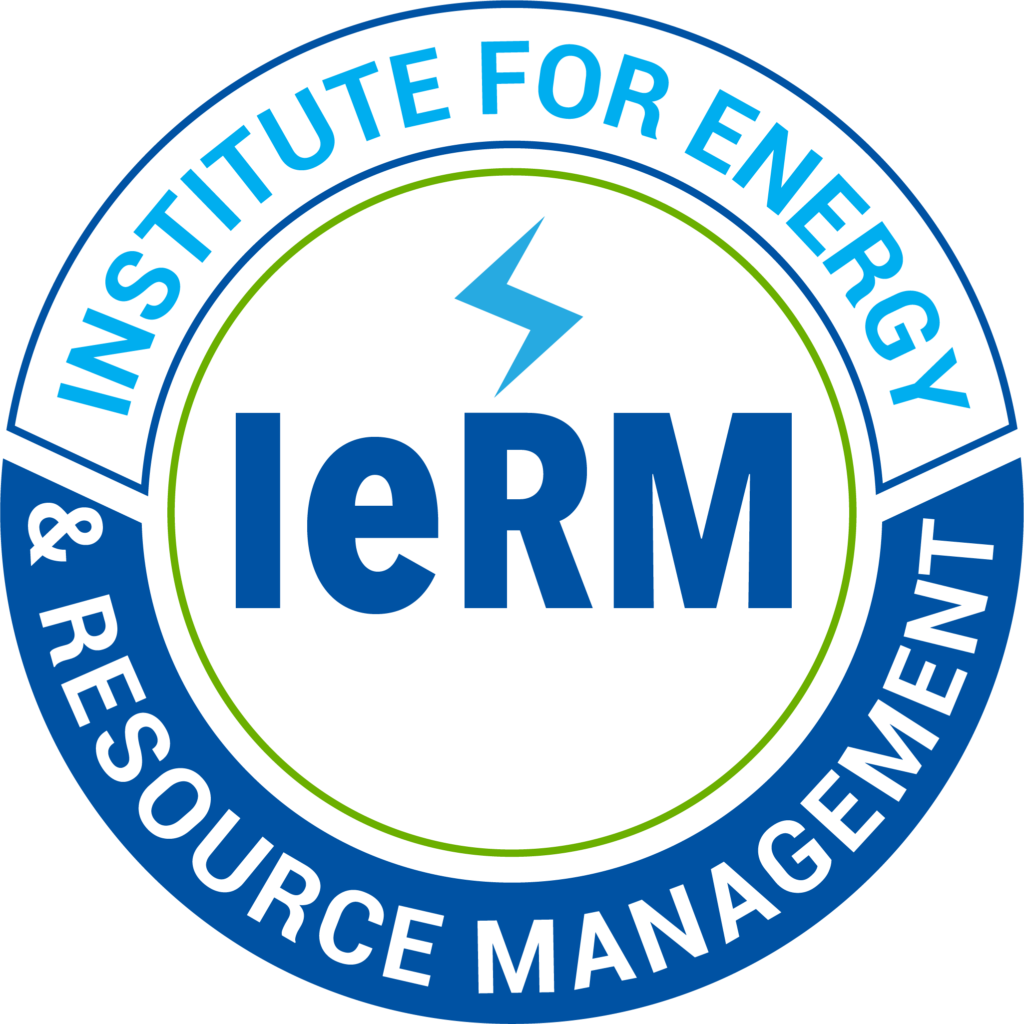Extreme weather events have taken center stage over the past few months, worldwide. In the US, severe flooding in Kentucky in July left thousands homeless. A drought in areas of the western US is now classified as “exceptional,” and has many reservoirs at their lowest levels ever recorded. Hurricanes in the Caribbean and the Gulf of Mexico are becoming stronger and more intense, including the recent Hurricane Ian, a Category 4 storm that caused a tidal surge of over twelve feet in coastal areas of western Florida left a path of destruction and millions without power.
Unfortunately, these extreme events, and the conditions they foster – flooding, wildfires, property damage, loss of life – are becoming the new normal, thanks to global warming. And there are other, less obvious but equally damaging, effects as well. As the ocean warms and becomes more saturated with carbon dioxide, fish and other creatures in the marine food chain are adversely affected. Diseases once limited to the tropics are spreading into the temperate zones. Coastlines, from Louisiana to Alaska, are receding, due to more frequent and more powerful storms, rising sea levels, and, in Alaska, the loss of sea ice. The message should be clear: we are running out of time to turn this trend around. Even insurance companies have stopped insuring the homes in particularly affected areas.
Two questions come to mind. First, what will it take to force the government to recognize the urgency of the situation and to take some meaningful action? And second, what can be done that will contribute significantly and quickly to a reduction in greenhouse gases before it’s too late?
To be fair, the Biden administration has acknowledged the need for action, and proposed legislation that Congress passed, authorizing nearly $400 billion for clean energy, tax credits for electric vehicles, and other measures to reduce greenhouse gases. Independent analyses of the impacts of these measures predict a decrease in GHG emissions of about 15% by 2030 over what would be emitted without them, or about a 40% reduction from 2005 levels. Even if fully implemented, however, they will not achieve the administration’s goal of 50% of 2005 levels by 2030, according to the International Panel on Climate Change (IPCC) report issued in April of this year. The IPCC report states that to keep the average global temperature increase below 1.5C, emissions must peak by 2025, and be reduced by 43% worldwide by 2030. Which brings us to the second question.
What can be done now to reduce emissions relatively quickly? The answer is simple: the US must stop landfilling untreated municipal solid waste. A recent (July, 2020) article in the journal Environmental Health and Safety stated that with regard to waste management, “Landfilling is the most greenhouse gas (GHG)-intensive option, emitting nearly 400 kg CO2e per tonne of organic waste…the GHG footprint of landfilling organic waste is higher relative to composting or waste-to-energy by as much as a factor of 9, even when landfill gas is captured and utilized.”
While the exact numbers can be argued, there is no question that landfills are a significant source of methane. They also bring other problems, such as water contamination via leachate runoff, toxic emissions, noxious odors and vermin, depressed property values, and a hidden escalating financial burden in the form of a requirement for care for generations long after the landfill is closed. Even more fundamental, however, is the fact that landfilling perpetuates the notion that we, as a society, can take from the earth, use something once or twice, and then throw it away, without any consequences. Producing new materials to replace those discarded requires new raw materials and a significant amount of energy, both of which are becoming more expensive, and the production of which are harmful to the environment. What is needed is a complete replacement of the landfilling infrastructure with an Integrated Waste Management System (IWMS), based on the international waste management hierarchy.
The IWMS starts with the reduction in the amount of waste, through changes in product design and composition, extended producer responsibility, reductions in packaging, and the like. Recycling is increased by improvements in collection systems, public education and (possibly) rewards, and the development of markets. Recovery of materials such as metals, glass, certain chemicals, and energy are made possible by advanced thermal recovery facilities for the remaining 20-30% of the waste. Once these are in place, only a very small amount – less than 1% – needs to be disposed of.
To those who say, “This will never work,” we say, “Look at Europe.” The European Union has recognized the dangers that landfilling poses and has adopted legislation to completely phase out the landfilling of reactive municipal solid waste. A number of countries, such as Germany, Denmark, and Sweden, have already done so. Their systems, much more efficient than the landfill-based system in the US, also cost less, and operate without subsidies. Despite what special interest groups claim, the fact is that the European infrastructures are significantly more effective – economically as well as environmentally – than those here. If the US started now, landfilling – and its deadly methane emissions – could be phased out by 2030. The environmental and economic benefits of an IWMS to replace landfilling are substantial and for the sake of us and future generations must be utilized! Politics must act. Industry redirected.
How much longer can we wait? We can’t!




